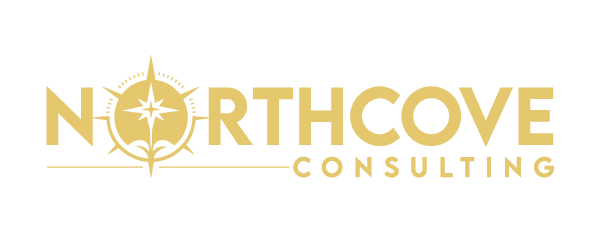
The Significance of Job Architecture with Career Pathing
In today’s evolving workplace, organizations need a structured framework to manage employee roles, responsibilities, and growth. A well-defined job architecture combined with career pathing not only enhances workforce planning but also supports employee engagement, talent retention, and organizational efficiency.
What is Job Architecture?
Job architecture is the systematic structuring of job roles within an organization, creating a clear framework for career progression. It includes:
- Job Levels & Titles: Standardized classifications for roles across departments.
- Job Families & Functions: Grouping similar jobs to create a logical hierarchy.
- Compensation Bands: Ensuring equitable pay based on role complexity and market benchmarks.
- Skills & Competency Frameworks: Defining the qualifications, experience, and skills required for each role.
The Role of Career Pathing
Career pathing complements job architecture by illustrating potential progression opportunities for employees. It helps workers understand:
- How they can grow within the organization.
- The skills and experience needed to advance.
- Lateral opportunities that align with their strengths.
Why Job Architecture and Career Pathing Matter
- Enhances Employee Retention & Engagement
Employees who see a clear career path are more likely to stay with a company. Transparent career progression fosters motivation and reduces turnover by providing employees with a sense of purpose and direction.
- Supports Workforce Planning & Talent Development
A structured job architecture allows HR leaders to map out future talent needs. This enables strategic workforce planning, helping organizations prepare for leadership transitions and skill gaps.
- Improves Compensation & Equity
By standardizing job roles and salary bands, companies ensure pay equity and avoid inconsistencies. A well-structured compensation model based on job architecture promotes fairness and compliance with labor laws.
- Facilitates Learning & Development
Organizations with clear career paths can align training programs to prepare employees for future roles. Employees can develop targeted skills that support both individual growth and business objectives.
- Increases Organizational Efficiency
A clear job structure eliminates role ambiguity, ensuring employees understand their responsibilities. It enhances collaboration by defining reporting relationships and decision-making authority.
Implementing an Effective Job Architecture & Career Pathing Strategy
- Assess Current Job Structures: Conduct an audit to identify inconsistencies or gaps in job classifications.
- Define Clear Job Families & Levels: Standardize roles to create consistency across departments.
- Align Compensation with Market Trends: Use benchmarking to ensure competitive salaries and benefits.
- Develop Career Path Frameworks: Outline career progression options, including lateral and vertical moves.
- Communicate and Train Employees: Educate managers and employees on career pathing opportunities.
- Continuously Review & Update: Regularly refine job structures to adapt to evolving business needs.
Conclusion
A well-defined job architecture and career pathing strategy create a roadmap for both employee and organizational success. Companies that invest in structured job frameworks not only boost employee satisfaction and retention but also ensure long-term business growth and operational efficiency. By fostering clarity, consistency, and growth opportunities, organizations can build a more engaged and future-ready workforce.
Related Posts
How to Build a Winning Sales Compensation Strategy for Sustainable Growth
How to Build a Winning Sales Compensation Strategy for Sustainable Growth Is your sales compensation…
How to Create a Total Compensation Statement That Employees Will Appreciate
How to Create a Total Compensation Statement That Employees Will Appreciate An effective total compensation…
Understanding the Key Components of Total Reward and How They Benefit Employees
Understanding the Key Components of Total Reward and How They Benefit Employees It requires more…
How Total Rewards Employee Benefits Improve Retention and Job Satisfaction
How Total Rewards Employee Benefits Improve Retention and Job Satisfaction In the highly competitive job…







